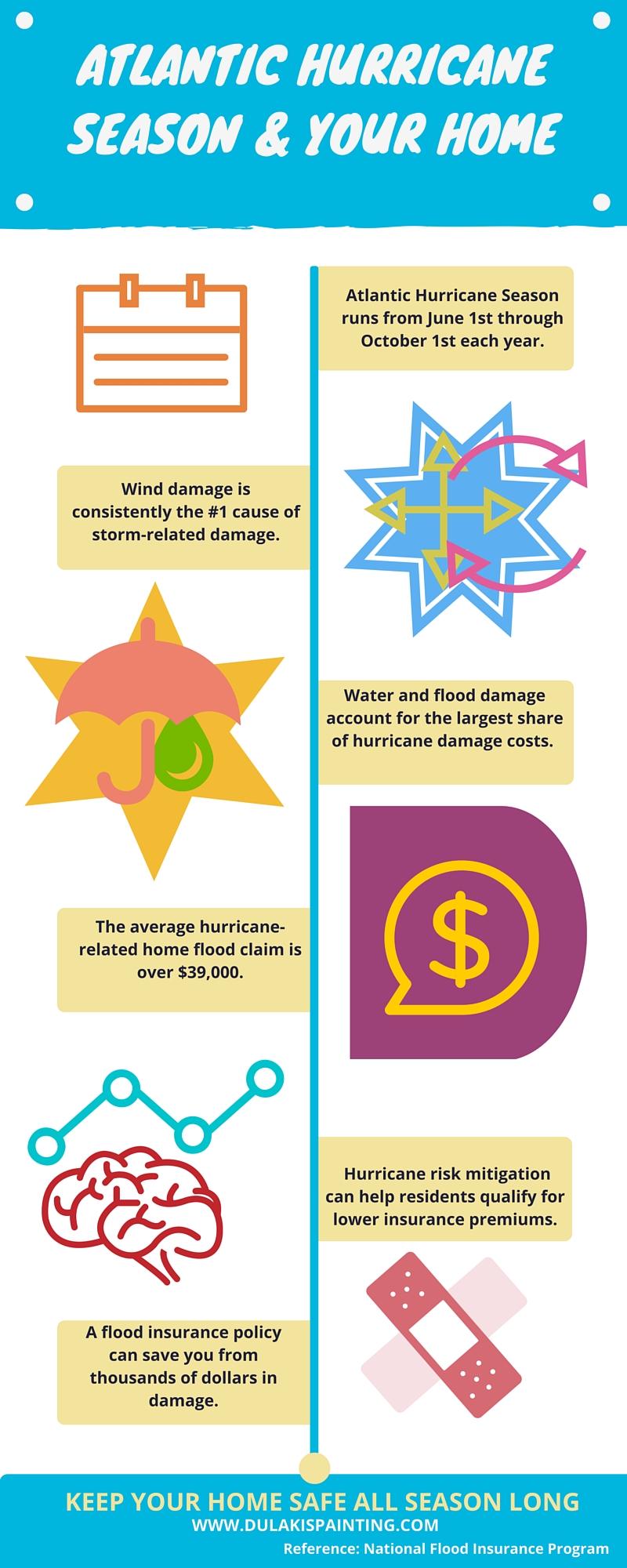Discover The Effect Of Seasonal Aspects On The Efficiency Of Business Exterior Paint And Determine The Optimal Times To Achieve Enduring Outcomes For Your Job
Discover The Effect Of Seasonal Aspects On The Efficiency Of Business Exterior Paint And Determine The Optimal Times To Achieve Enduring Outcomes For Your Job
Blog Article
Short Article Produced By-Ford Browne
When you're intending an industrial outside paint project, seasonal variables can make or break your outcomes. You'll want to take into consideration how temperature level and humidity effect paint application and drying out times. Choosing the best season can guarantee your paint sticks appropriately and lasts much longer. But which seasons are absolutely the most effective for this kind of work? Allow's check out the crucial elements that can affect your task's success.
The Impact of Temperature on Paint Application
When you're preparing a business outside painting project, the temperature can dramatically affect just how well the paint adheres and dries.
Preferably, you want to repaint when temperatures range between 50 ° F and 85 ° F. If it's too cool, the paint might not treat correctly, resulting in problems like peeling or breaking.
On the other side, if it's as well warm, the paint can dry also promptly, avoiding appropriate attachment and resulting in an uneven surface.
You must additionally consider the moment of day; early morning or late afternoon provides cooler temperature levels, which can be much more favorable.
Always check the manufacturer's referrals for the particular paint you're utilizing, as they often give assistance on the suitable temperature level range for optimal results.
Moisture and Its Effect on Drying Times
Temperature level isn't the only ecological element that affects your commercial exterior paint task; moisture plays a significant function also. High humidity levels can reduce drying times significantly, affecting the total high quality of your paint work.
When the air is saturated with wetness, the paint takes longer to heal, which can result in concerns like inadequate adhesion and a greater danger of mold development. If painted ceiling and walls same color on a particularly damp day, be planned for prolonged wait times between coats.
It's critical to monitor neighborhood weather and strategy accordingly. Preferably, aim for moisture levels between 40% and 70% for optimum drying out.
Maintaining these factors in mind guarantees your job remains on track and delivers a long-term finish.
Best Seasons for Commercial Exterior Paint Projects
What's the most effective time of year for your industrial external painting tasks?
Spring and early fall are typically your best choices. During house painting in dfw , temperature levels are light, and humidity levels are typically lower, producing ideal problems for paint application and drying.
Prevent summer season's intense heat, which can trigger paint to completely dry as well quickly, resulting in poor adhesion and finish. Likewise, https://professionalexteriorhouse97642.blogdal.com/34805943/examine-the-current-methods-and-patterns-in-home-painting-and-be-interested-by-the-initial-concepts-for-transforming-your-living-environment can impede appropriate drying out and healing, taking the chance of the durability of your paint job.
Go for days with temperature levels in between 50 ° F and 85 ° F for ideal outcomes. Bear in mind to inspect the local weather report for rainfall, as damp conditions can destroy your job.
Preparation around these factors guarantees your painting job runs smoothly and lasts much longer.
Conclusion
In conclusion, planning your business exterior paint jobs around seasonal factors to consider can make a substantial difference in the outcome. By organizing work throughout the optimal temperature levels and humidity levels, you'll make certain better bond and drying out times. Remember to keep an eye on neighborhood weather forecasts and pick the right time of year-- spring and early loss are your best choices. Taking these actions will aid you accomplish a resilient and specialist surface that lasts.
